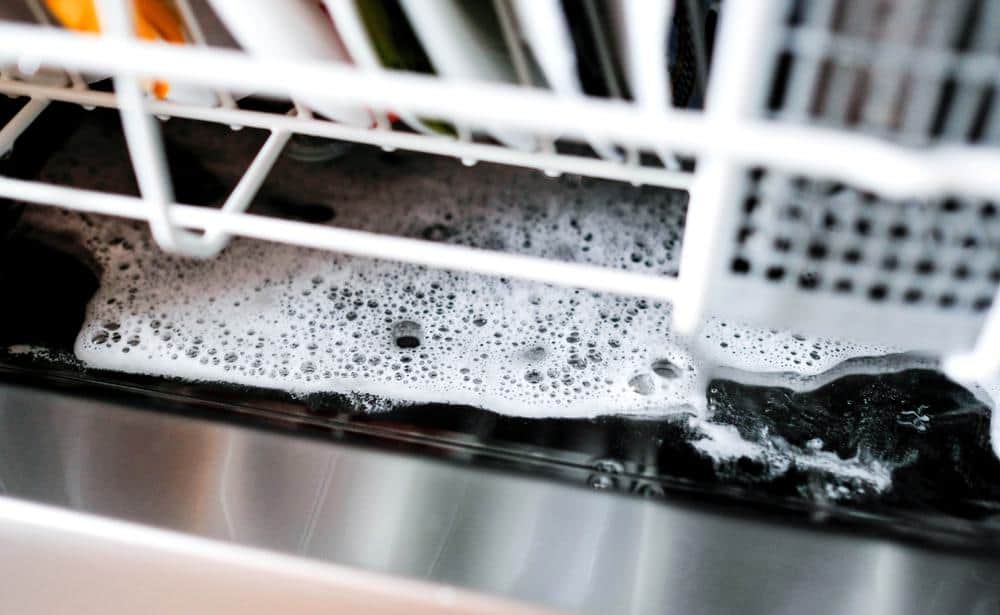
Loading a dishwasher is a common household task, but did you know there’s a correct way to do it? It’s true! Properly loading a dishwasher not only ensures that your dishes come out sparkling clean, but it can also extend the life of your appliance and save you time and energy. In this comprehensive guide, we’ll give you all the tips and tricks you need to load your dishwasher like a pro.
To load a dishwasher correctly, start by dividing your dishes between the upper and lower racks. The upper rack is for glasses, cups, and smaller items, while the lower rack is for larger items like plates, bowls, and pans. Place plates in the slots on the bottom rack, facing towards the center. Put cups and mugs face-down on the top rack, ensuring they don’t collect pools of water. Silverware should be loaded in the designated basket with handles facing both up and down to prevent nesting. Avoid overcrowding and ensure each dish has a clear path to the water source. Delicate items should be placed on the top rack and secured. Lastly, choose the right detergent based on your needs and perform regular maintenance to extend the life of your dishwasher.
Why Loading a Dishwasher Correctly Matters
Loading a dishwasher correctly is not just about fitting in as many dishes as possible. It’s about ensuring that each item is placed in such a way that the dishwasher’s spray jets can reach all surfaces, the dirty ones in particular. This optimal positioning allows the dishwasher to clean efficiently and effectively.
The Basics: Dishwasher Zones
Most dishwashers are divided into two main zones: the upper rack and the lower rack. The upper rack is generally reserved for glasses, cups, and smaller items, while the lower rack is designed for larger items like plates, bowls, and pans.
Bottom Rack Loading Guidelines
When loading plates on the bottom rack, insert them in the slots, facing them towards the center. If they lean, make sure they lean inwards and downwards. Larger items like pots and pans should be placed on the bottom rack towards the sides or back corners, facing downward. This placement ensures that these items do not block the water spray from reaching smaller items.
Top Rack Loading Guidelines
Place cups, mugs, and small bowls face-down on the top rack to ensure they are directly facing the water source and do not collect pools of water. Load glasses and cups along the side and in between the tines, rather than on top of them. This positioning allows the water to reach the inside of the cups and glasses effectively.
Silverware Loading Tips
Loading silverware in the designated basket with some handles facing up and others facing down can prevent nesting and ensure proper cleaning. If your dishwasher has a third rack for cutlery, use it for better organization and cleaning.
Avoid Overcrowding
One important tip to remember is to avoid overcrowding the dishwasher. Overfilling the machine can prevent dishes from being cleaned properly, leading to rewashing and wasting time and money. Make sure each dish has a clear path to the water source for optimal cleaning and avoid packing items too tightly.
Loading Delicate Items
When it comes to delicate items like wine glasses and china plates, extra care should be taken. These items should be placed in the top rack to prevent them from cracking or breaking. Additionally, ensure that they are secure and not touching each other to avoid damage during the washing cycle.
The Right Detergent Matters
The choice of detergent can significantly affect the dishwashing process in terms of cleaning effectiveness, cost, and environmental impact. Liquid, powder, and tablets each have their advantages and disadvantages. Your choice should be based on factors such as water type, dishwasher model, and the type of dishes being washed.
Regular Maintenance for Longevity
Regular maintenance can greatly extend the life of your dishwasher. This includes cleaning the filter, door, and seals, ensuring the spray arm is free from debris, running the dishwasher regularly, and using an acid to remove buildup.
Conclusion
Loading a dishwasher might seem like a simple task, but doing it correctly can make a significant difference in the cleanliness of your dishes and the lifespan of your appliance. With these tips in mind, you’ll be on your way to becoming a dishwasher-loading expert in no time.
Remember, always refer to your dishwasher’s user manual for specific loading instructions and recommendations. Happy dishwashing!
Frequently Asked Questions
Can I wash plastic items in the dishwasher?
Yes, most plastic items are dishwasher safe. However, it’s recommended to place them on the top rack where the water temperature is lower to prevent warping. Always check the item for a dishwasher-safe label.
What should I do if my dishes are still dirty after running the dishwasher?
If your dishes are still dirty after a wash cycle, it might be due to several reasons. It could be that the dishwasher is overloaded, the dishes are not arranged properly, there is a blocked spray arm or filter, or the dishwasher itself needs cleaning. Review the tips in the blog post to ensure you’re loading correctly and maintaining your dishwasher regularly.
Can I put my wooden utensils in the dishwasher?
It’s generally not recommended to put wooden utensils in the dishwasher as the heat and water can cause them to warp, crack, or fade. It’s best to wash these items by hand.
Is it necessary to rinse dishes before loading them into the dishwasher?
While it’s not necessary to thoroughly wash dishes before loading them into the dishwasher, it’s a good idea to scrape off large food particles. Modern dishwashers are designed to handle a certain amount of food residue, and pre-rinsing might actually make them less efficient.
How often should I clean my dishwasher?
It’s recommended to clean your dishwasher once a month to keep it running efficiently and to prevent buildup of food particles, grease, and soap scum. This includes cleaning the filter, door, and seals, and running a cleaning cycle with a dishwasher cleaner or vinegar.












